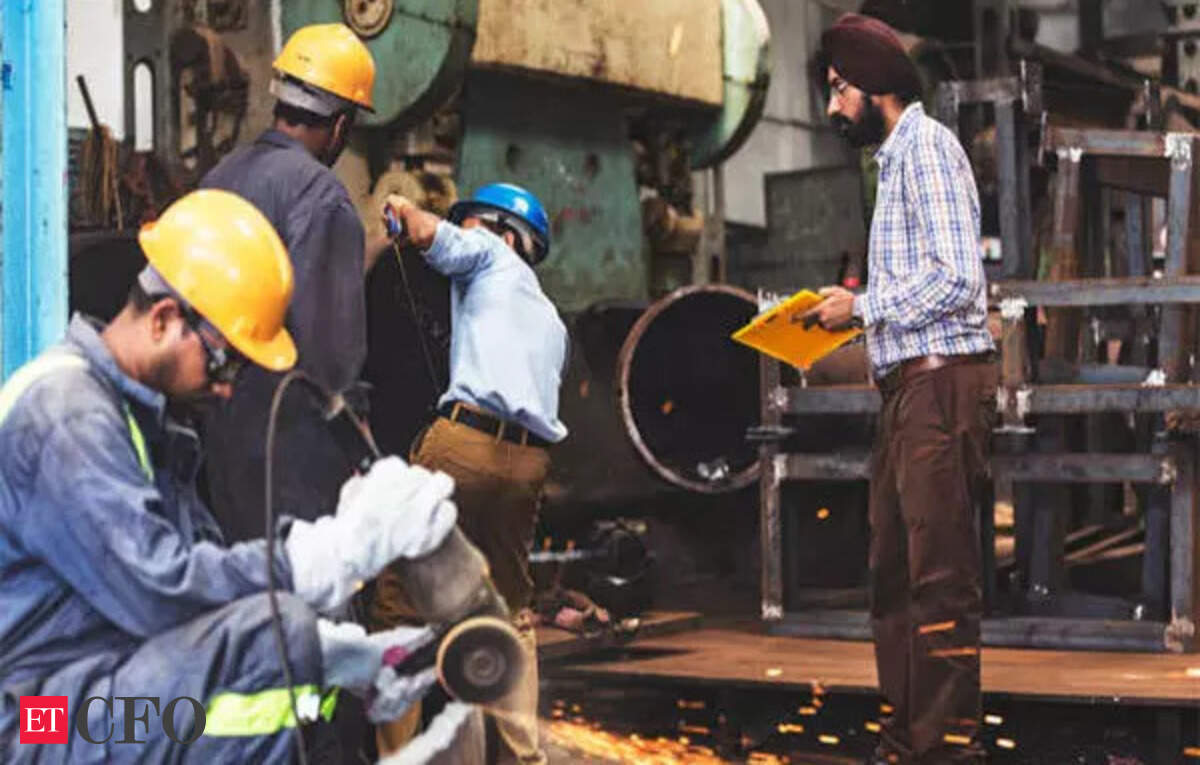By Siddhi Nawar
India’s manufacturing sector continued to expand in May 2025, with the HSBC India Manufacturing Purchasing Managers’ Index (PMI), compiled by HSBC and S&P Global, registering 57.6, down slightly from 58.2 in April. While the data indicated a solid improvement in overall business conditions, the pace of growth in new orders and output slowed from the previous month.
According to the survey, panellists noted that strong demand continued to support both sales and production. However, factors such as heightened competition, inflationary pressures, and the ongoing India-Pakistan conflict were seen as headwinds to further growth. In response to positive demand conditions, manufacturers increased input purchases and expanded their workforce, with employment rising at a record pace for the series.
Economist at HSBC India, Pranjul Bhandari shared her views on the PMI data stating, "India’s May
manufacturing PMIsignalled another month of robust growth in the sector, although the rate of expansion in output and new orders eased from the previous month. The acceleration in
employment growthto a new peak is certainly a positive development.
Input cost inflationis picking up, but manufacturers seem to be able to lessen the pressure on profit margins by raising output prices."
Employment and Input Buying Surge
Manufacturers increased both input purchases and staffing levels in May. Notably, the pace of job creation hit a new record high in the survey's history. Among the 12% of firms that expanded their workforce, there was a stronger focus on permanent hiring compared to short-term roles. This employment boost enabled firms to manage workloads more effectively, halting a six-month streak of rising backlogs.
Drive in Demand
New export orders grew at one of the fastest rates in three years, with firms citing strong demand from markets in Asia, Europe, the Middle East, and the United States. This robust external demand, along with effective marketing strategies, played a key role in sustaining production growth—even as overall expansion moderated slightly.Rising Input Costs
Input cost inflation reached a six-month high in May, with firms attributed rising expenses to higher prices for raw materials such as aluminium, cement, iron, leather, rubber, and sand, as well as increased freight and labour costs. In response, manufacturers raised their selling prices substantially. The rate of charge inflation remained broadly unchanged from April and was well above its historical average.Supply Chain Developments
There was a continued accumulation of input inventories, with the pace of stock-building being the second-fastest since August 2024. This came alongside improved supply chain efficiency, as lead times shortened to their greatest extent in four months. In contrast, finished goods inventories declined for the sixth month in a row, although the rate of depletion slowed compared to previous months.
Movement of PMI
| Month | Services PMI |
| May 2025 | 57.6 |
| April 2025 | 58.7 |
| March 2025 | 58.5 |
| February 2025 | 59 |
| January 2025 | 56.5 |
| December 2024 | 59.3 |





Comments (0)